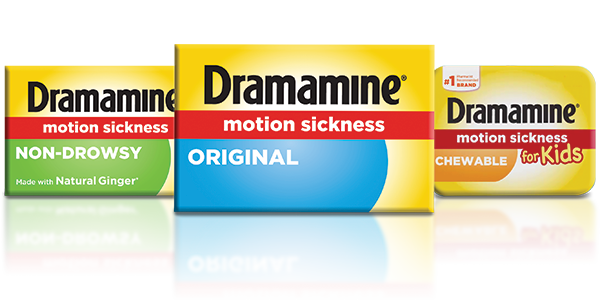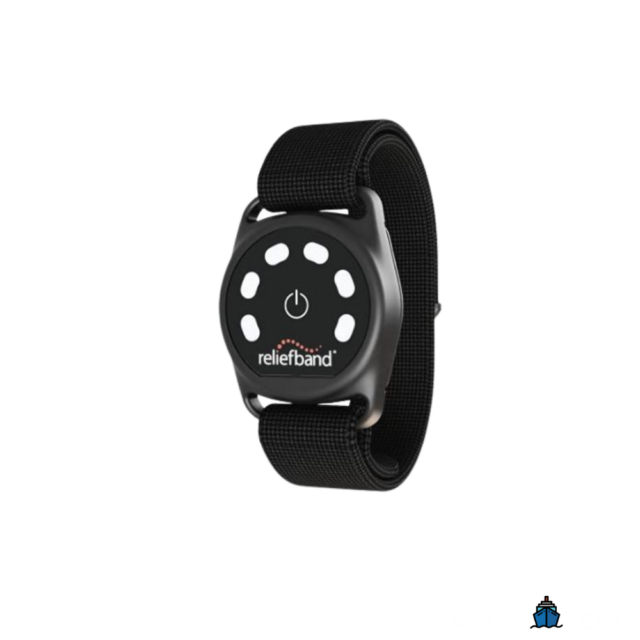Here are a few tips on how to prevent seasickness on your next cruise and how to manage it if you get seasick! First, it’s important to know that while it’s frequently discussed, most people don’t have an issue with motion sickness or seasickness. So don’t let it scare you from taking a cruise. Severe seasickness is uncommon but not unusual for some new cruisers to get a bit nauseous on their first cruise (usually only the first day).
We’ve compiled a list of some of the best-known remedies to deal with mild seasickness as well as tips for preventing it.
KEY POINTS
- Seasickness is common among new cruisers but can be managed.
- Causes of seasickness include visual disorientation due to the ship’s motion.
- Tips for preventing seasickness include choosing the right cabin location and going outside for fresh air.
- Remedies for seasickness range from natural options like ginger and pressure bands to over-the-counter medications like Dramamine and prescription patches like Scopolamine.
What causes seasickness?
Seasickness, also known as motion sickness is thought to be caused by the visual disorientation resulting from being on an object in motion (the cruise ship) competing against our body’s natural tendency for balance. Studies have shown that some people become seasick by suggestion. They simply convince themselves that being on a ship will make them feel sick. On the other hand, for those who can dismiss the idea of seasickness, it’s often no problem. Mind over matter! Seasickness is more prevalent in children and women, though children under two seem to be unaffected by motion sickness.
Tips on how to prevent seasickness on your next cruise
Choosing the right cabin location will mitigate any feeling of seasickness while you’re in for the night. Cabins on lower decks and more central to the ship tend to feel less movement than higher cabins in the front or rear. Additionally, the smaller the ship, the more movement people usually feel. Larger cruise ships are better stabilized, making the motion on the cruise ship significantly less noticeable.
If you’re already underway and starting to feel a bit nauseous, here’s some basic advice to treat your seasickness: Most people begin to feel seasick while inside the ship as it gets underway because the movement sensation doesn’t match what they are seeing (stationary objects). So if you’re worried about feeling a little seasick when the ship departs, try to go outside and see the departure from the pool deck. Fresh air and a better perspective on what’s in motion will help tremendously!
What Helps With Seasickness On A Cruise?
We’ve compiled a list of the most frequently used remedies for motion sickness / seasickness.
Natural remedies for seasickness that may work for cruisers
If you’re feeling nauseous on your cruise and do not have any typical seasickness medications handy, there are a few things that could help you feel better quickly.
Try eating green apples and crackers. This is such a common remedy for nausea that ships often have green apples and crackers on their room service menus or put them out in the buffet regularly.
Other edibles that can help nausea are ginger candy or ginger tea. Experienced cruisers swear by the benefits of ginger edible products to help soothe seasickness and motion sickness. Plan ahead and pack a couple forms of ginger if you’re afraid you may have an issue with being a little seasick. Edibles come in many forms including chewy candy, pills, tea, extracts, powders, etc.
Not feeling so well? Step outside for some fresh air and drink a lot of water. This often will correct a mild case of nausea when you’re on your cruise.
Medication and over-the-counter products to help with seasickness & motion sickness.
Dramamine or Meclizine (common name Bonine) are the most common over-the-counter medications to treat motion sickness & seasickness. Most cruisers prefer traditional Dramamine, but be aware that the original formula can cause drowsy side effects. There is now a “less-drowsy” and a non-drowsy version of Dramamine. The non-drowsy Dramamine is largely made of ginger root.
TIP: If it’s the first time you’ll be using Dramamine, take one before your cruise so you understand how drowsy it will make you and any other side effects.
Prescription remedies to treat seasickness and nausea :
Scopolamine (Transderm Scop) is the most commonly prescribed seasickness medication. It’s an adhesive patch you put behind your ear a few hours before you think you’ll need it. Scopolamine is not available over the counter due to possible side effects, so you’ll need to speak to your doctor to get these prescribed. These patches are generally used for travelers who are known to experience severe motion sickness.
Other Seasickness Remedies – Bands
There are a few types of seasickness bands you’ll find on the market. Some are simple elastic bands with a little piece of plastic that applies pressure on the wrist sending the brain signals to suppress the feeling of nausea. Other more technical devices like the Relief Band are medical devices that when worn emit a slight electroshock to the wrist area to accomplish the same suppression of nausea.
We’ve traveled with friends who swear by these types of bands to relieve seasickness, but how effective bands are will depend on the person. It’s a great option for people who don’t want to ingest pills or wear patches!


